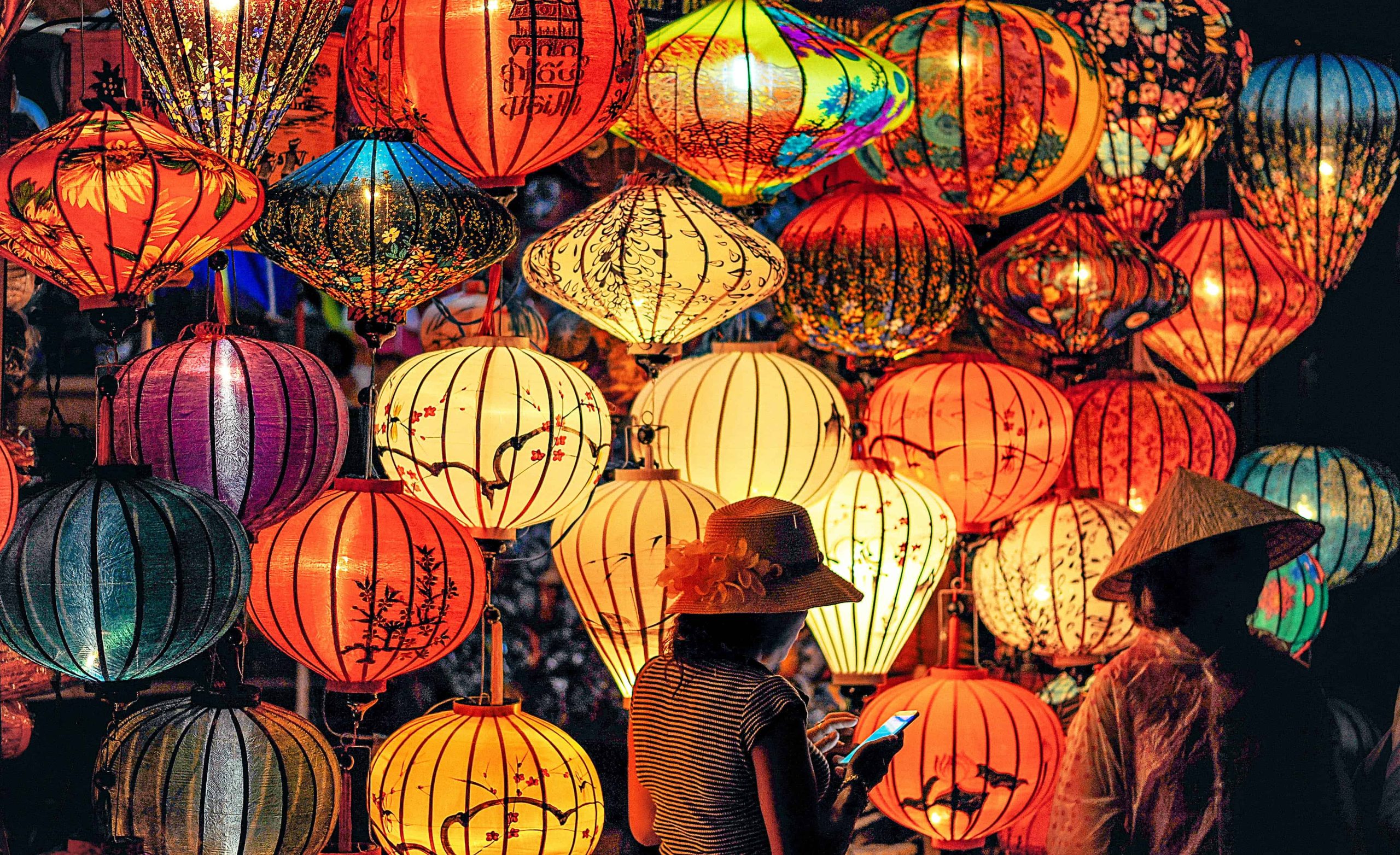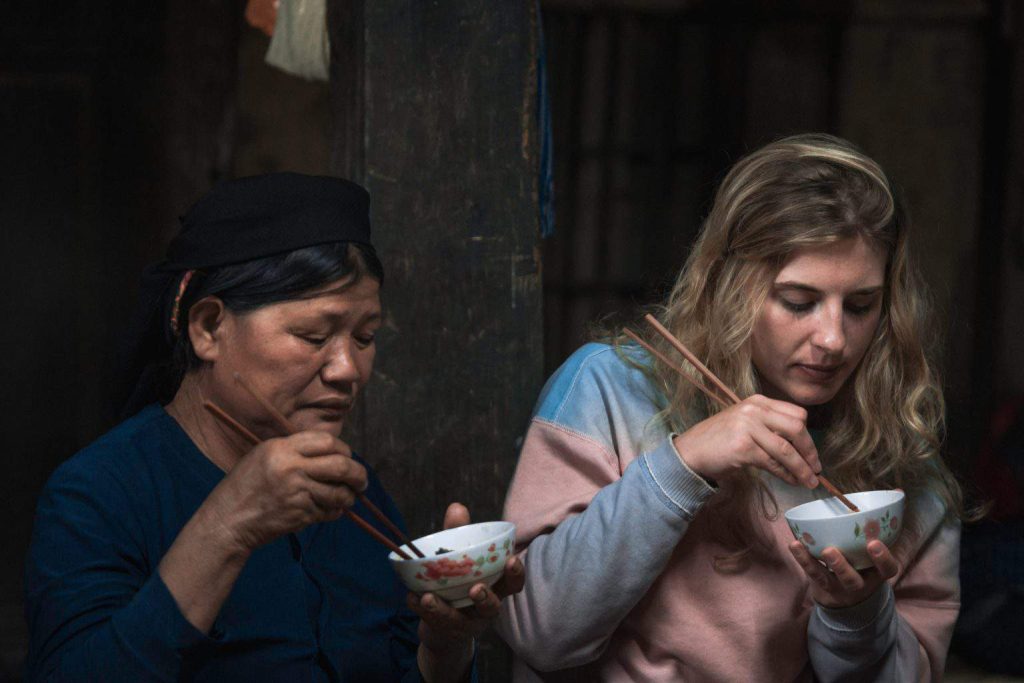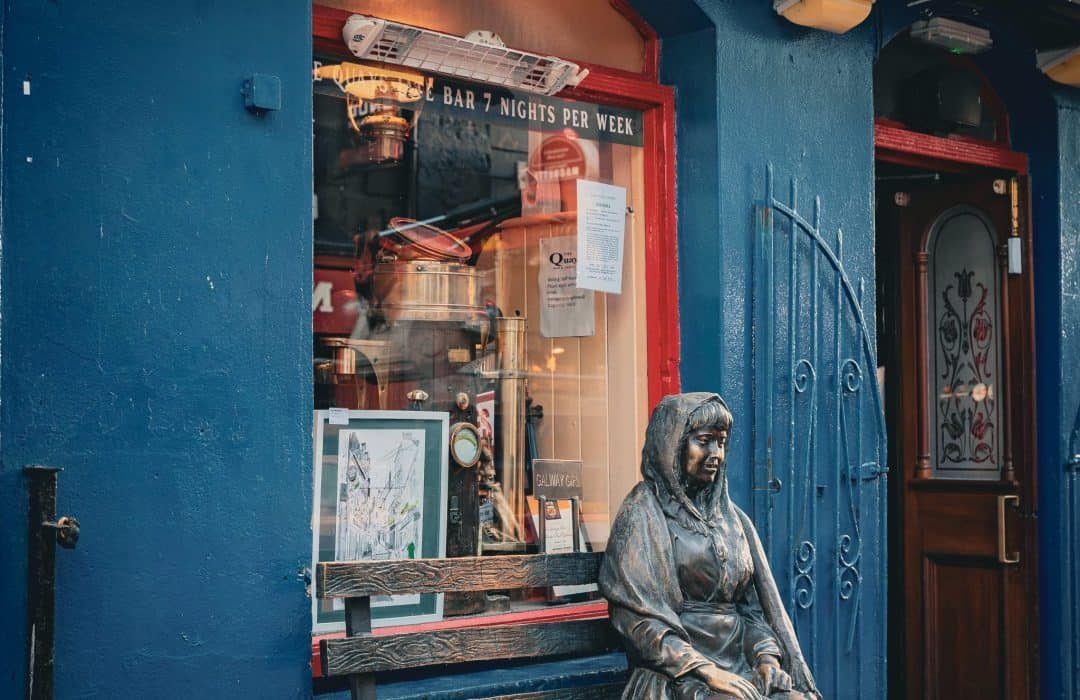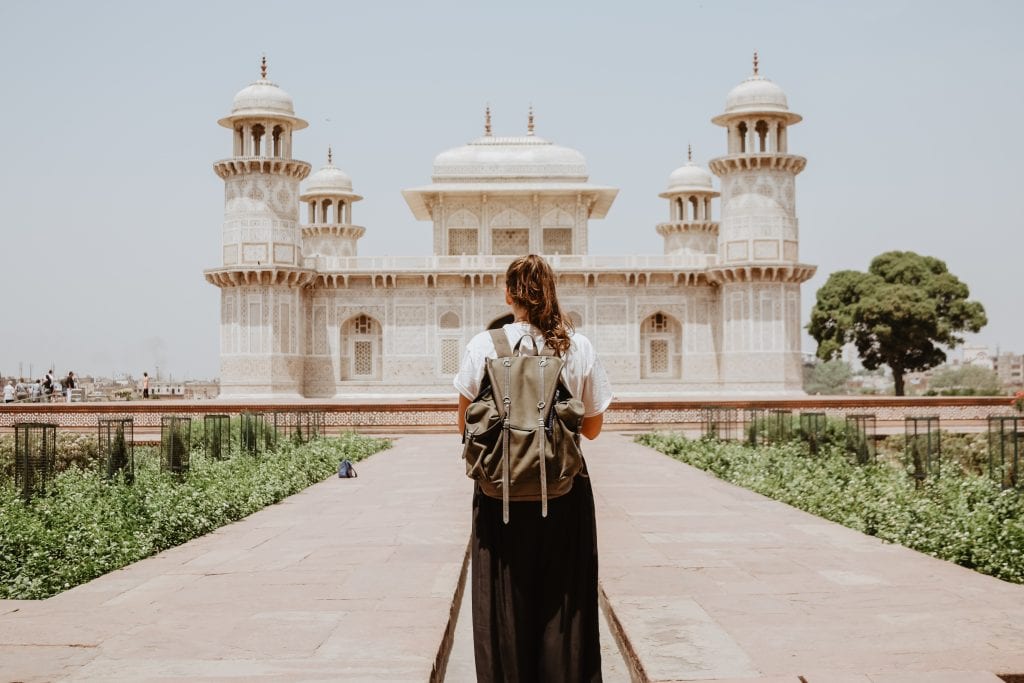
13 Jan Historical Perspectives on Art and Cultural Exchange
Cultural exchange, the dynamic weaving together of artistic concepts across social boundaries, has become one of the primary factors influencing the complex fabric of human history. Fundamentally, art serves as a global language that may cross national boundaries and provide a deep understanding of many cultural contexts. This article explores the historical roots of cultural exchange, with a focus on art as a lens through which to examine its effect. It delves into the mutually beneficial relationship that exists across civilizations, revealing the ways in which creative expression may promote mutual understanding and cultural enrichment. This investigation reveals a continuous evolution of creative forms and ideas over generations, each layer adding to the colorful mosaic of human civilization,and illuminates the transformational effect of cultural interaction on cultures.
Art Across Generations: Early Forms of Cultural Exchange

Photo by diGital Sennin
Silk Road
Cultural interaction was greatly aided by the Silk Road, a historic system of interconnecting trade routes that united Asia, the Middle East, and Europe. The Silk Road functioned as a lively medium for the transmission of creative ideas in addition to serving as a route for the trade of products. Along this path, Buddhist art flourished, and sculptures and paintings uncovered in different parts of the country show influences from China and India. Furthermore, the complex blending of Chinese themes into Islamic fabrics demonstrated the dynamic blending of many cultural components. A peaceful synthesis of creative traditions was fostered by the rise of artisans and merchants as cultural middlemen, which led to the formation of distinctive and hybrid art forms.
Mediterranean World
Greek and Roman art served as accelerators for the emergence of cross-cultural creative influences in the ancient Mediterranean region. From Egypt to India, the Greek and Roman creative movements had a significant influence on nearby cultures. An famous example of this influence is the Greek haircut applied to an Egyptian sphinx, which represents the era’s creative reinterpretations and adaptations. The Mediterranean acted as a creative melting pot, influencing the development and alteration of artistic manifestations in many cultural contexts.
Pre-Columbian Americas
Cultural interaction in the Americas took the form of shared creative influences over wide geographic areas, especially between the Mesoamerican and Andean civilizations. The artistic productions of several cultures shared common symbols, methods, and subjects. The upshot of this contact, despite the physical distance, was a rich mosaic of cultural expression. Two examples of the coexistence of similar creative components and regional variances are the ornate murals of the Maya in Mesoamerica and the beautiful goldwork of the Moche people in the Andes. The pre-Columbian Americas were culturally diverse and wealthy in part because of their connectivity.
Art and Power Dynamics of Cultural Exchange

Photo by redcharlie
Colonialism and Imperialism
During the missionary era, art was a vital medium for the dissemination of religious ideas. In an effort to spread religious ideas throughout many cultural contexts, Christian missionaries customized classic Christian imagery to suit regional creative norms. Conflicts across cultures arose, nonetheless, when Christian iconography was incorporated into native creative forms. Syncretism, or the mingling of religious concepts, was often the outcome of the confrontation between foreign religious components and indigenous creative traditions, giving rise to distinctive and hybrid forms of religious art.
Missionary Activity and Religious Exchange
The dynamic interplay of cultural influences was formed by the interaction between missionary activities and indigenous creative traditions. Occasionally, the incorporation of Christian imagery into native artwork resulted in syncretism—the blending of different religious perspectives with creative approaches. Religious artworks that combined aspects of the indigenous cultures with Christian iconography demonstrated this merging. This cultural synthesis showed how resilient indigenous creative expressions are to changing and adapting in the face of outside influences, even as it reflected conflicts between the foreign and the local.
Modern Transformations

Photo by Mario Spencer
The Globalized World and the Rise of Modern Art Movements
- Cross-Cultural Influences and Collaborations: During the modern era, artists from different parts of the world engaged in unprecedented collaborations, leading to the emergence of avant-garde art movements like Cubism and Surrealism. This marked a departure from traditional artistic norms and styles, as artists sought inspiration from diverse cultures.
- Transformation of the Art Landscape: Western artists, inspired by non-Western art forms such as Japanese woodblock prints, played a crucial role in reshaping the art landscape. This fusion of artistic influences resulted in innovative approaches to form, perspective, and subject matter, challenging established artistic conventions and paving the way for a more interconnected global art scene.
- Shift in Artistic Paradigms: The embrace of cross-cultural influences signified a departure from ethnocentrism in the art world, reflecting a broader acknowledgment of diverse perspectives. This shift not only impacted the aesthetics of art but also contributed to a more inclusive and cosmopolitan understanding of artistic expression.
Technology and the Democratization of Cultural Exchange
- Advancements in Technology: The evolution of technology, particularly in the realms of photography and the internet, played a pivotal role in transforming the global art landscape. The ease of capturing and disseminating visual information enabled artists to reach audiences far beyond their immediate geographical locations.
- Increased Circulation of Art Globally: The advent of photography allowed artworks to be documented and reproduced, enabling wider accessibility. The internet further amplified this trend, fostering the global dissemination of art through online platforms, social media, and digital archives. As a result, artists gained exposure on an unprecedented scale, transcending traditional barriers.
- International Art Exhibits and Cultural Festivals: Technology facilitated the organization of international art exhibits and cultural festivals, bringing together artists and audiences from diverse backgrounds. This interconnectedness presented both challenges and opportunities, as artists navigated the complexities of a digitally connected world, while also benefiting from increased visibility and the potential for cross-cultural dialogue.
- Challenges and Opportunities in Digital Globalization: The digital age brought forth challenges such as issues of copyright, cultural appropriation, and the need for new ways of curating and consuming art. Simultaneously, it opened up opportunities for artists to engage with a global audience, collaborate across borders, and explore innovative modes of artistic expression that transcend traditional boundaries.

Photo by Ibrahim Rifath
Conclusion
Through the process of retracing the history of art and cultural exchange, a deep story about the enduring power of artistic expression to unite people comes to light. Art has continuously crossed boundaries and served as a global bridge, from the cross-cultural confluence of the Silk Road to the artistic catalysts of the Mediterranean and the dynamic interaction in the pre-Columbian Americas.
Yet, this narrative is not without its complexities. The imprint of colonialism and imperialism reveals power dynamics at play, with Western influence shaping and sometimes misappropriating indigenous art. The resistance, however, speaks to the resilience of artistic expression. Moreover, the interplay of art and religious exchange during missionary eras highlights the adaptability of creative forms to diverse cultural contexts. Transitioning into the modern era, cross-cultural influences birth transformative movements, while technology democratizes cultural exchange, presenting challenges and opportunities in our globally connected digital age. In sum, this historical exploration underscores the perpetual dialogue of artistic voices across time, echoing the profound impact of cultural exchange on our shared human heritage.
Key Takeaways
Period | Cultural Exchange Features | Notable Examples and Impacts |
Early Forms | Silk Road: Artistic fusion of East and West | Buddhist art, Chinese motifs in Islamic textiles |
Mediterranean World: Greek and Roman influences | Greek-inspired Egyptian sphinx | |
Pre-Columbian Americas: Shared symbolism and techniques | Rich mosaic of cultural expression | |
Art and Power Dynamics | Colonialism and Imperialism: Appropriation of indigenous art | Subversive symbolism and resistance |
Missionary Activity: Christian iconography in local styles | Cultural clashes and syncretism | |
Modern Transformations | Globalized World: Birth of modern art movements | Cubism, Surrealism, influenced by non-Western art forms |
Technology: Democratization of cultural exchange | Increased global circulation, digital globalization challenges |
FAQs
How did the Silk Road influence artistic exchange?
The Silk Road facilitated the exchange of artistic ideas between East and West, showcasing the fusion of Buddhist art, Chinese motifs in Islamic textiles, and the collaborative efforts of artisans and merchants.
What role did resistance play in the face of colonial impositions on art?
Resistance against colonial imposition is manifested through subversive symbolism and hidden meanings embedded in artistic expressions, allowing cultures to assert their identity and resist appropriation.
How did technology impact the democratization of cultural exchange?
Advancements in technology, such as photography and the internet, increased the global circulation of art, fostering international art exhibits and cultural festivals while presenting both challenges and opportunities in the age of digital globalization.
Discover a diverse array of grants and funding opportunities tailored for contemporary artists seeking support and resources to fuel creative endeavors through “Grants and Funding for Modern Artists” guide.

